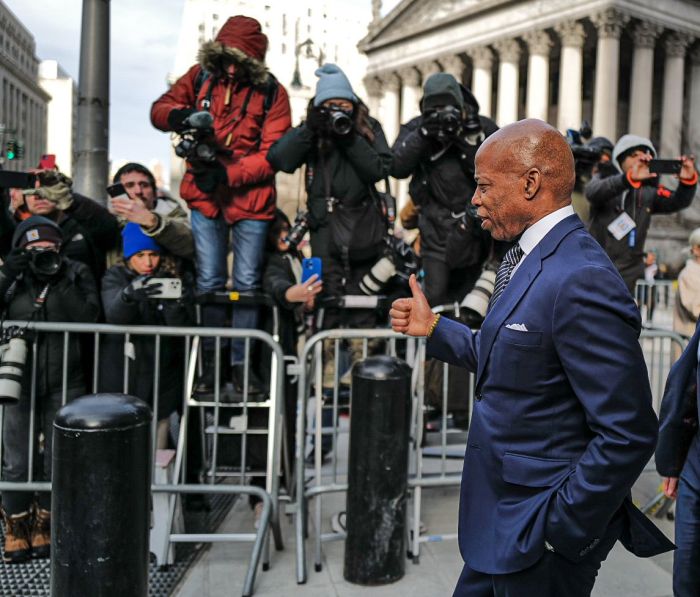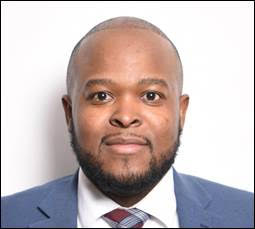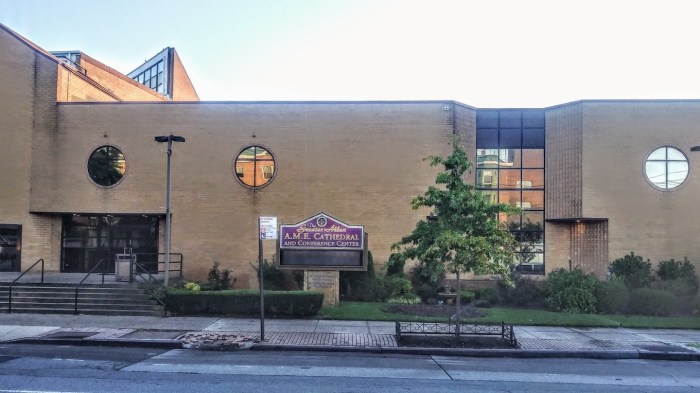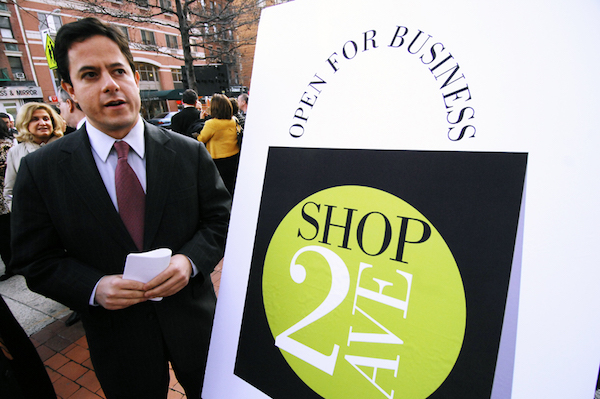
BY REBECCA FIORE | In Jan. 2006, Daniel Garodnick assumed office as East Side District 4’s city councilmember and at the conclusion of a tenure spanning the 12-year maximum allowed under the city’s term limits scheme, he boasts most recently of having made affordable housing protections more transparent, providing needed tax relief to small businesses, and creating more public space and infrastructure improvements while promoting office building development in East Midtown.
At the Nov. 30 Council meeting, Garodnick, along with Bronx Councilmember Ritchie Torres, steered passage of a predatory equity measure that will create a watch list of buildings purchased at higher prices than their rent-regulated income can support.
“We have seen over the years a significant number of predatory acts by people in real estate who borrow extraordinary sums of money to buy a building, or buildings, where the rental income does not support that level of debt,” he said. “The obvious conclusion in those scenarios is that the owners have an intention of raising revenue by jacking up rents somehow, and frequently in an unethical or illegal manner.” He said the watch list, which will be featured on the city’s Housing Preservation and Development website, will be a tool for elected officials, city agencies, advocates, and tenants themselves.
Tenant protection transparency, small business relief, rezoning keep term-limited incumbent busy in final days
Garodnick added the city still has much more progress to make in the affordable housing area. “As our population grows and the demand for housing grows, we need to move even faster to keep up with that challenge,” he said in an interview this week with NYC Community Media.
Also on Nov. 30, another Garodnick bill that reforms the outdated commercial rent tax passed, bringing relief to Manhattan small businesses. The tax, created in 1963, charges a 3.9 percent levy on annual business rents over $250,000. His reform doubled the minimum threshold to $500,000 — and in some cases, $550,000 — saving nearly 3,000 small businesses up to $13,000 annually.
“We are essentially slowing the growth, modestly,” he said of the burden that tax imposes on the borough’s small businesses. “This tax should be done away with entirely. It is unfair, antiquated, and throws cold water on the local economy.”
He said it took a bit of push to get Mayor Bill de Blasio on board with the plan, as the administration was concerned about its budgetary impact. “It was our job to persuade him that the unfairness of [this tax] and the benefit to small businesses far outweighed the minimal cost to the city, and he was open to that,” Garodnick said. The city will lose an estimated $36.5 million out of roughly $900 million that the rent tax raises each year.
He explained, though, that the tax couldn’t be eliminated in one fell swoop without major impact on the city budget. “I would like to see a bill that indexes the exemption in a way that phases out the tax over time,” he said, noting that there would have to be additional reforms beyond his bill because “if you do absolutely nothing, the tax on businesses will simply go up because more and more of them will go over the exemption amounts and the city will be inadvertently raising taxes on small business, and that’s not a good outcome.”
Additionally, Garodnick, in partnership with Borough President Gale Brewer, helmed the effort to enact a major East Midtown Rezoning plan after a failed effort to do so under former Mayor Michael Bloomberg. The rezoning, completed this year, succeeded the second time around, he explained, because it brought greater certainty to community stakeholders regarding public infrastructure improvements. The One Vanderbilt development on E. 42nd St., based on a rezoning that preceded the East Midtown effort, he said, was the first step that facilitated the bigger agreement.
“We negotiated an idea where a new and significant office building would go up, but they had to deliver $220 million in public infrastructure improvements to Grand Central and they can’t occupy the building until those improvements are done,” he said of One Vanderbilt. “That is certainty.”
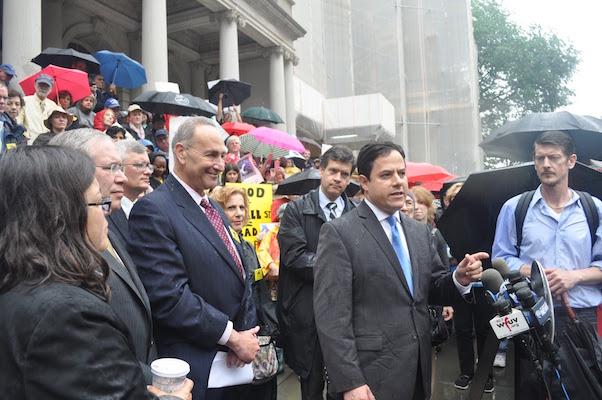
The East Midtown rezoning will create 16 new public spaces fully paid for by private developers, and allows historically landmarked buildings in the area to sell 3.6 million square feet of unused development rights, with most of the proceeds going toward the preservation of those landmarks but 20 percent earmarked for public space and transportation infrastructure improvements. Overall, the rezoning is expected to deliver nearly $1 billion in public realm and transit improvements in the rezoning area from just below Grand Central north to E. 57th St.
Acknowledging that much more needs to be done on transit improvements, Garodnick made clear he believes the city is paying at least its fair share to the MTA. Additional tools — most prominently congestion pricing that would raise the cost of entering Manhattan below 96th St. by car during peak hours and toll the East River bridges — must be considered, he said.
“First, it would generate significant funds for mass transit but it also has the potential to reduce congestion on the streets,” he said, adding that the current flood of cars into Midtown and Downtown “is impeding our above-ground mass transit from getting anywhere. Buses can’t move if there’s too much traffic.”
To ease the uncertainties facing bus commuters, Garodnick has made use of Council discretionary funds to fund 48 bus countdown clocks throughout his district. And, pointing to Asser Levy Place — green space from E. 23rd to E. 25th Sts., between the East River and First Ave. — a three block park from E. 38th to E. 41st on the East River, and Pershing Square, on the east and west sides of the Park Avenue viaduct leading to Grand Central, the councilmember said he has created roughly 150,000 square feet of new public open space during his tenure.
As for his future political future, Garodnick unfortunately provided no news scoop. “I’m going to take a little break and then sort out that question,” he said. “I feel very honored to have had this opportunity, and I would like to think about ways to continue to serve the city and state.”



